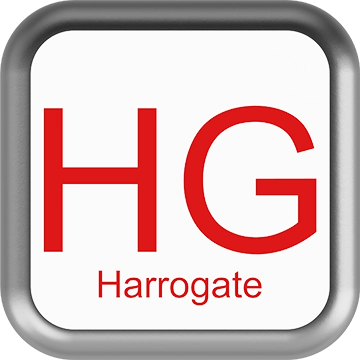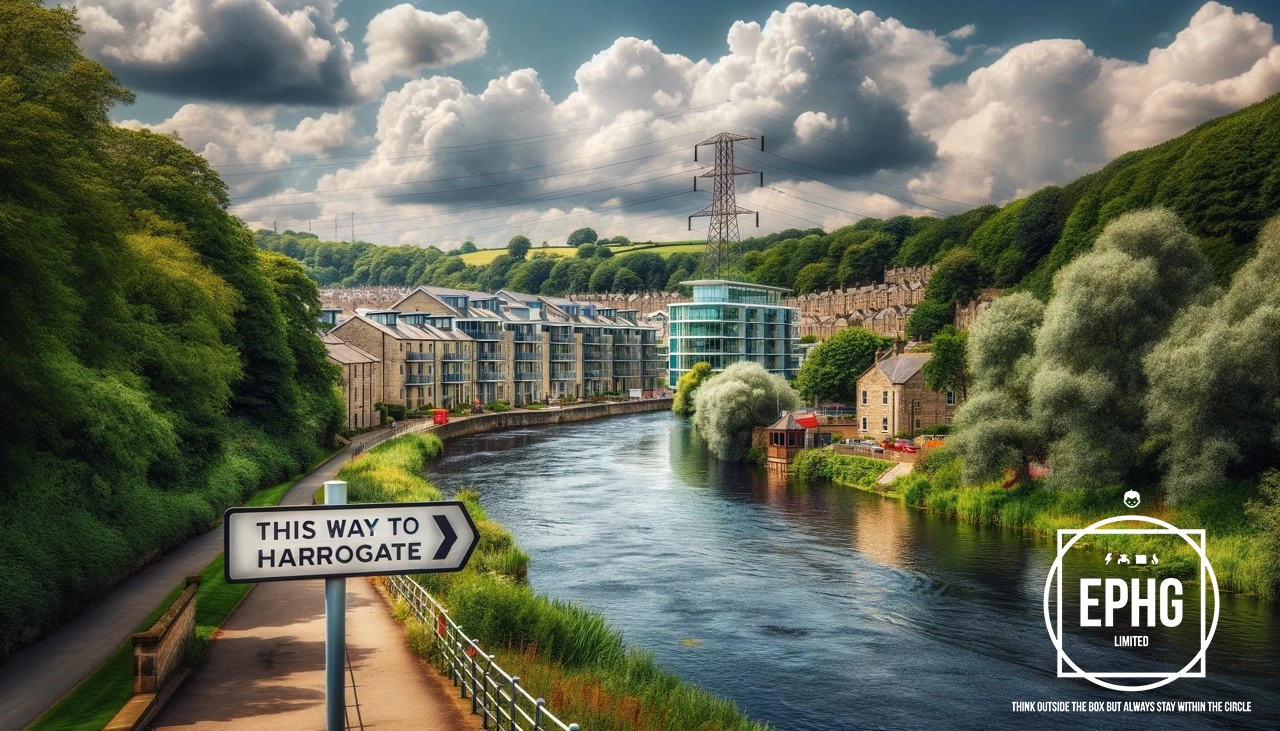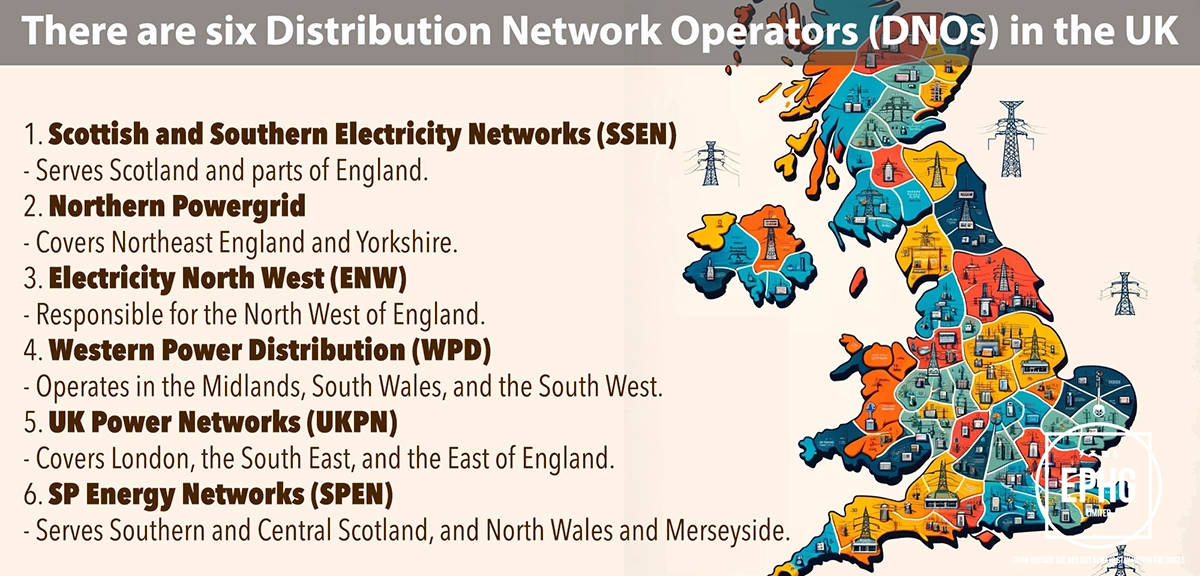
HG Postcodes for Utilities & Services in Harrogate
Introduction: The HG postcode area, encompassing Harrogate, Knaresborough, Ripon, and other surrounding regions, presents diverse utilities and services catering to the needs of its residents. In this section, we delve into insights regarding water and electric utilities, along with other pertinent information for the area.
Water in Harrogate
Where does the water supply come from in Harrogate and is there ever a shortage of water?
In Harrogate, the primary water supply is sourced from the River Nidd and the River Wharfe, renowned for their clear and quality water. These rivers, supplemented by local reservoirs, provide the main inputs for the region’s water needs, undergoing extensive treatment to meet health and safety regulations before distribution. The Harrogate area is known for its spa waters, but for everyday use, the water provided is of high quality and consistency. Although Harrogate generally experiences a stable water supply, it is subject to the same environmental and human factors—such as climate change and population growth—that can affect water availability. To counter potential shortages, water usage advisories and conservation measures may be implemented during extended periods of dry weather. Local authorities, along with Yorkshire Water, work diligently to ensure the sustainability of water resources, encouraging residents to engage in water-saving practices.
What is the hardness & quality of the water in Harrogate and can this affect your health?
Harrogate's water is moderately hard due to the geological makeup of the region, which includes limestone and chalk formations. This mineral-rich water leads to higher levels of calcium and magnesium, contributing to its hardness. While hard water can lead to scale buildup in household appliances, it is not harmful to health and can actually contribute beneficial minerals to one's diet. The water quality in the HG postcode area is closely monitored to ensure it meets strict safety standards, providing residents with safe and clean water. Despite the hardness, the water is generally well-regarded for taste and purity. Residents with specific health concerns related to water hardness, such as skin conditions, can consider using water softening systems or filters as a personal choice. Yorkshire Water and health authorities continue to provide guidance and support to ensure water quality remains a non-issue for the health of Harrogate residents.
Electricity in Harrogate
Where does the electric supply come from in Harrogate and what is the future of energy there?
Harrogate's electricity supply is increasingly sourced from renewable energy, complementing the traditional reliance on fossil fuels. The area benefits from its geographical positioning conducive to both wind and solar energy production. With a strategic shift towards sustainable living, local initiatives have focused on expanding solar panel installations and exploring the potential of biomass energy, particularly given the surrounding agricultural land. Harrogate is also engaging in community energy projects that aim to boost local energy independence and sustainability. The future of energy in Harrogate is directed towards a greener and more self-sufficient model, with plans to further integrate renewable energy solutions and innovative technologies into the local grid. This approach aims not only to reduce the environmental impact but also to secure a stable, sustainable energy supply for the future.
When is hydrogen coming to gas boilers in Harrogate?
Harrogate is aligning with national goals to incorporate hydrogen technology as part of its commitment to green energy and carbon reduction. The timeline for introducing hydrogen to residential gas boilers is linked to broader UK strategies and pilot projects exploring the feasibility and safety of hydrogen heating. Local authorities and energy providers are preparing for a future where hydrogen could play a significant role in home heating, with potential pilot schemes and infrastructure updates anticipated in the coming decade. Harrogate residents are encouraged to stay updated with the latest developments and consider energy-efficient measures and sustainable heating solutions in their homes. Local services remain ready to support the community through this transition, ensuring safety and efficiency in current systems while preparing for future innovations.
Where Does the Wastewater Go in Harrogate?
In Harrogate, the management of wastewater is a critical component of the region's commitment to environmental stewardship and public health. Wastewater from residential, commercial, and industrial sources is collected and transported to treatment facilities such as the Starbeck Wastewater Treatment Works. Here, the wastewater undergoes advanced treatment processes to remove contaminants and ensure it meets environmental standards before being released. The treated water is typically returned to local rivers, such as the River Nidd, under strict regulations to prevent pollution and protect the natural ecosystem. This system reflects Harrogate's dedication to maintaining a clean and healthy environment, with ongoing investments in infrastructure and technology to enhance wastewater treatment and support sustainable water management practices.
Regions and Services:
The HG postcode covers a wide array of landscapes, from the historic spa town of Harrogate to the scenic villages of the Yorkshire Dales. Key regions include:
- Harrogate Town: The heart of the region's urban development, renowned for its Victorian architecture and extensive utilities, including cutting-edge electric and gas services.
- Knaresborough, Ripon, and Boroughbridge: Historic towns that blend old-world charm with modern amenities, showcasing a balance between preservation and contemporary utility services.
- Pateley Bridge, Masham, and North Stainley: Picturesque villages known for their natural beauty and community-driven sustainable energy initiatives, reflecting an increasing shift towards green utilities.

Regions within the HG Postcode
Harrogate Town
- HG1: Central Harrogate, High Harrogate, Jennyfield, Duchy
- HG2: Low Harrogate, New Park
- HG3: Harlow Hill, Beckwithshaw, Pannal, Killinghall, Spofforth
- HG5: Knaresborough, Scriven, Calcutt
Surrounding Areas and Villages
- HG3: Bishop Thornton, Glasshouses, Follifoot
- HG4: Ripon, North Stainley, West Tanfield
- HG5: Starbeck, Copgrove, Nidd




